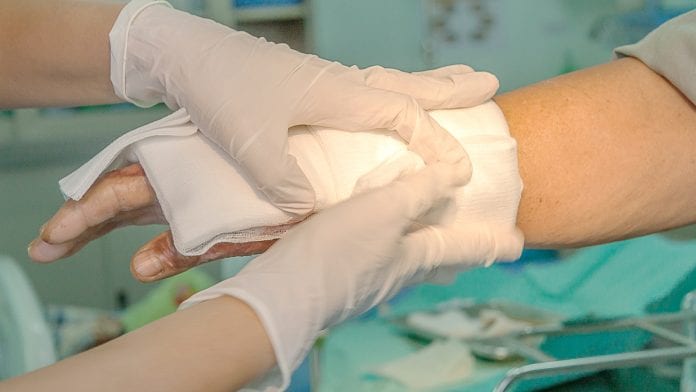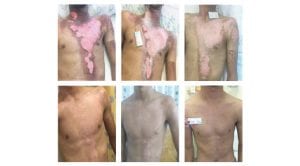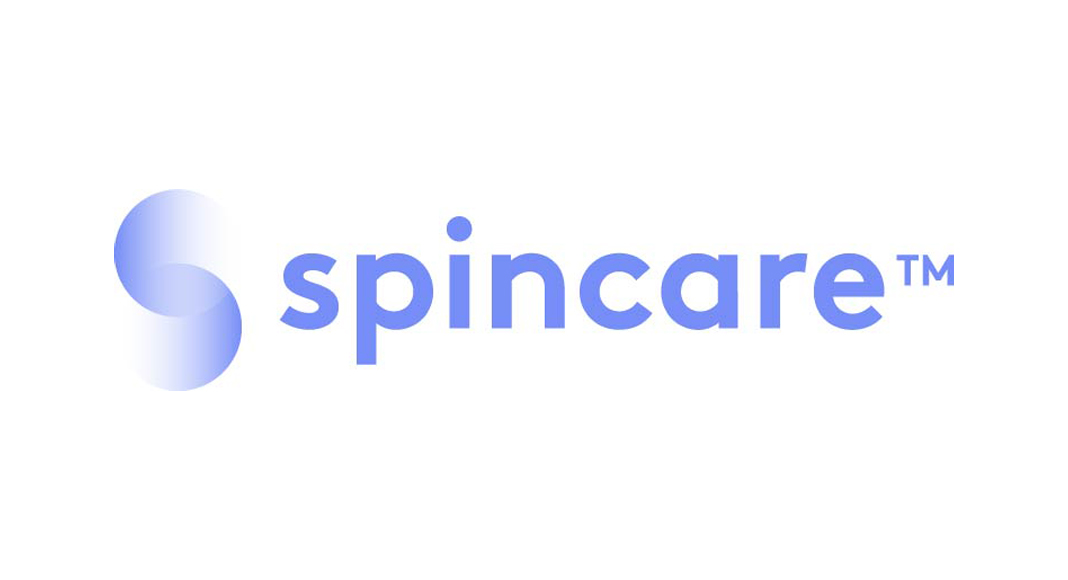
Biomed therapeutics company Nanomedic Technologies Ltd offers an innovative new method of wound care and treatment.
Wound care therapy is a vast market which accounts for a large percentage of medical expenses in all countries, is highly competitive and diverse and still holds a tremendous potential for growth. Due to its broad scope, many people consider it to be an umbrella category encompassing different therapeutic methods or products. For eons, wound care market descriptivism has been based on a dual approach comprising traditional and advanced wound care products.
Traditional or legacy wound care products consist mostly of dressings, bandages and pads used for treating non-severe wounds and minor abrasions, which are available at clinics, medical stores, and pharmacies. Traditional products stay the bleeding, protect against particles irritating the site, and lessen the chances of infection. Advanced wound care products were developed to treat both chronic and acute wounds and are largely focused on preserving moisture and permeability around the site to encourage healing. These include film and foam dressings, hydrogels, alginates and hydrocolloids, among others.
The need for newer and more advanced therapies for chronic and hard-to-heal wounds has challenged the market for more options and resulted in an overall increase in research activity, technological innovation, product development and the introduction of newer and highly advanced methodologies. Recently, with the advancement of medical technology and innovation, a third category has arisen: synthetic dermal replacements. This genre of high-tech products has been dominated by a very small number of companies, including Nanomedic Technologies. Synthetic dermal replacements are considered to be the ‘highest quality level of wound healing’, and are characterised by a matrix which replicates or mimics the extracellular matrix (ECM).
The synthetic dermal replacements market has a vast global customer base. High-level research and development activities in the industry will lead to the development of superior wound care products and the release of new and effective therapies for hard-to-heal chronic wounds; and the rise in demand for novel and advanced wound care products, along with a surge in incidences of trauma and burns injuries, will fuel the growth of the market. The efficiency and clinical benefits of precision products of this type are expected to be the major drivers for this space.
Introducing Nanomedic Technologies Ltd
Nanomedic Technologies Ltd is an Israeli high-tech biomedical therapeutics company specialising in research, development and distribution of medical devices based on its unique electrospinning technology. It is currently focused on its Electrospun Healing Fibers (EHF™) technology, with the ultimate goal of offering EHF embedded cells for tissue regeneration. This is the future of advanced wound care solutions, endeavouring to cure and heal patients suffering from superficial to complex hard-to-heal wounds.
Leveraging electrospinning technology, Nanomedic has developed the world’s first commercialised handheld device which enables healthcare professionals to print a nanofibrous matrix directly onto a patient’s wound in real time. The Spincare™ wound healing system is a total paradigm shift in wound treatment, from superficial to hard-to-heal, chronic and complex wounds. It is the first and only commercialised electrospinning portable solution on the market, enabling a customised one-time application for full coverage of any type of wound, including hard-to-dress areas and challenging contours.
Spincare, which utilises a skin-like nanofibrous matrix to cover wounds, allows patients to quickly return to active life, with improved mobility and minimal scarring. It introduces an innovative treatment option into the advanced wound care arena which outperforms traditional wound care methodologies, fits a vast spectrum of wounds and injuries, and allows the patients to live while they heal.
Implementation of this new wound care approach
How do we use it in wound care?
The Spincare system consists of the applicator, a charging station and a kit containing the wound covering solution. The system is very easy to operate: once the solution ampoule is placed in the device, the operator prints the matrix directly on a clean wound. The application is performed at a specific distance, without the need to touch the wound at any time. The Spincare matrix is formed directly on the wound as a very thin, whitish layer which becomes transparent on contact with the wound.
What benefits does it offer?
The Spincare matrix allows the wound to be clinically monitored and constantly assessed without interference in the natural healing process. It only requires a single application and is equipped with self-peeling abilities upon epithelialisation of the wound, providing the patient with the opportunity to take showers as early as 24 to 36 hours after application. The printing of the matrix directly onto the wound is groundbreaking and unique, offering the closest mimic to the skin matrix available on the market.
Case study
The Spincare system is currently in use in Europe and Israel for donor site wounds, partial thickness superficial to intermediate burns, dermatologic wounds, and superficial chronic wounds, all presenting very consistent matrix behaviour. Healthcare professionals who have used Spincare described it as a unique, relaxing way of treating the patient, as there is no need to touch the wound directly or to perform painful dressing changes. Additionally, the increase in the quality of life of the patient was a definite advantage over all previously used methods.
Using the Spincare system in partial thickness burns1
An 18-year-old male with no previous medical history arrived at the Emergency Room (ER) with a partial thickness superficial to intermediate burn (10% total body surface area) after spilling boiling coffee over his left shoulder, neck and torso. The blister roof had been removed, the burn wound was cleaned with saline and the Spincare matrix was applied. Excellent adherence to this complex geometry and burn location was observed. Kerlix was used as a secondary dressing for the first two days, after which no secondary dressing was applied. The patient was released from hospital on day three. He was instructed to take showers as normal and allow the Spincare matrix to peel off by itself as his own skin was regenerated underneath.

On day seven the healing of the burn was complete; most of the Spincare matrix peeled off easily while the patient was taking his showers. The patient reported pain at the burn site upon arrival to the ER (level 3 on the VAS pain scale), which then reduced to zero after applying the Spincare matrix.
Medium size burn wounds on relatively complex body contours are easily treated, with Spincare offering both patient and caregiver a rapid and minimally painful option for treatment, resulting in a quick and effective healing process. The advantage of a no-touch matrix was demonstrated here, not only in preventing infections but also in reducing dressing associated pain. The transparency of the Spincare matrix enabled good follow-up of the healing process.
Summary
The Spincare system has shown to be a major innovative and new approach towards the treatment of wounds. Its unique application creates a temporary skin-like layer, which remains attached to the wound until new epithelialisation naturally occurs. There is no interference in the healing process, lowering the risk of infection for longer healing wounds, great scarring, and permitting complete mobility and a better quality in life while the wound is healing.
References
1. Department of Plastic Surgery, Rambam Medical Center, Israel
This article is from issue 17 of Health Europa. Click here to get your free subscription today.









